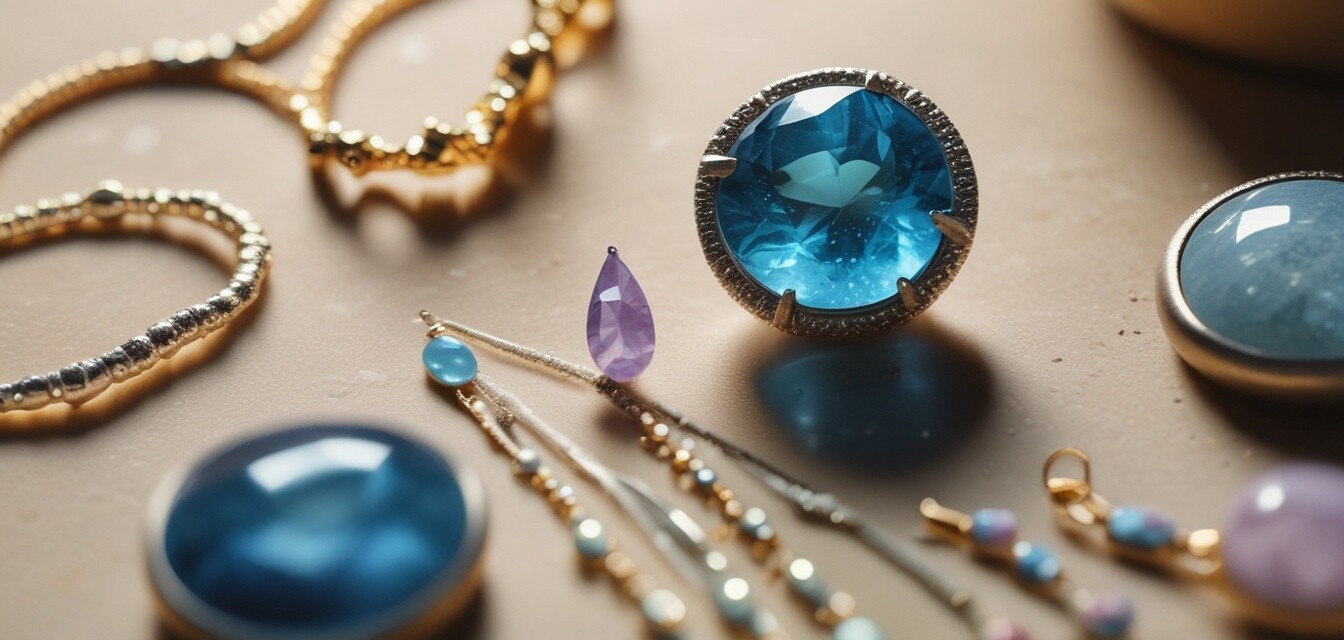
Water conservation in jewelry production
Key Takeaways
- Jewelry production significantly impacts water resources.
- Implementing eco-friendly practices can save millions of gallons of water.
- Artisans can combine artistry with sustainability, creating beautiful pieces without harming the environment.
- There are certifications that signify responsible water usage in jewelry manufacturing.
- Consumers can make informed choices by identifying sustainable brands and products.
Water is a precious resource, and its conservation is critical, especially in industries like jewelry production where the process can be water-intensive. In this article, we will explore various strategies that jewelry manufacturers can implement to conserve water during their production processes.
The impact of jewelry production on water resources
Jewelry production involves various stages, some of which require significant amounts of water. This includes mining, processing gemstones, and even cleaning and finishing products. The industry can often overlook these needs, leading to potential wastage and environmental degradation.
Water usage throughout the jewelry-making process
| Stage | Water Usage | Environmental Impact |
|---|---|---|
| Mining | High | Water pollution and depletion |
| Processing gemstones | Moderate | Water waste and contamination |
| Cleaning and finishing | Low | Minimal environmental impact |
Strategies for water conservation in jewelry production
To reduce their water footprint, manufacturers can adopt several strategies in their production processes:
1. Recycling and reusing water
Investing in water recycling systems can allow manufacturers to treat and reuse water for multiple processes. This reduces overall water consumption significantly.
2. Implementing closed-loop systems
These systems collect water after use, treat it, and then reuse it within the production cycle, preventing waste and lowering water demand.
3. Adopting better technologies
New technologies in jewelry-making, such as laser cutting and 3D printing, significantly reduce the need for water, minimizing waste while maintaining production quality.
4. Using sustainable materials
When artisans choose materials that require less water in their extraction and processing, they reduce the pressure on water resources. Ethical sourcing of gemstones is crucial for sustainability.
5. Regular audits and monitoring
Performing regular water usage audits helps businesses understand their consumption patterns and pinpoint areas for improvement.
Certifications for sustainable water practices
Many organizations promote sustainable practices in jewelry production by providing certifications. Understanding these can help you, as a consumer, make informed choices. Here are some key certifications:
| Certification | Description | Focus Area |
|---|---|---|
| Responsible Jewelry Council (RJC) | Ensures ethical and sustainable practices across the entire jewelry supply chain. | Ethical sourcing and environmental impact |
| Fairmined | Guarantees that gold is sourced from responsible artisanal and small-scale miners. | Artisanal mining and community development |
| ISO 14001 | A standard focusing on effective environmental management systems. | General environmental practices |
Why consumers should care about water conservation
As consumers, our choices have a ripple effect on the industry. By purchasing from brands that prioritize water conservation, you help drive demand for sustainable practices. Look for eco-friendly jewelry options, such as ethical stone earrings, which are crafted with care for the environment.
Making a difference
Every step toward sustainable water use in jewelry production counts. Through innovation, transparency, and commitment, the industry can significantly lower its water usage while still delivering stunning, high-quality products. Embracing the ethos of conservation not only benefits the environment but also cherishes the craftsmanship behind every piece of jewelry.
Pros
- Enhances brand reputation.
- Meets consumer demand for sustainable products.
- Reduces long-term operational costs.
Cons
- Initial investment costs for new technologies.
- Possible training requirements for staff on new systems.
Join the movement toward sustainability
We encourage everyone to support sustainable practices in the gemstone jewelry industry. By choosing responsibly produced items, you are not only enhancing your own collection of eco-conscious jewelry sets but also contributing to a healthier planet. Explore our articles on sustainability practices and learn more about the positive steps we can all take.